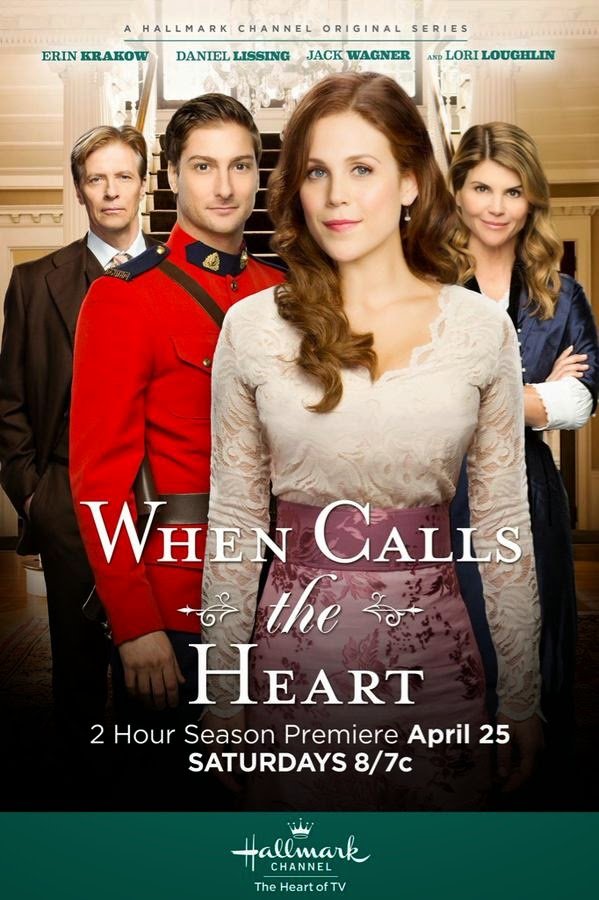Ballet Dancer Misty Copeland: ‘God Made Me To Dance’
By Movieguide® Staff
In 2015, Ballet dancer Misty Copeland became the first female African-American principal dancer to perform in American Ballet Theatre. Despite the arduous journey to the top, Copeland said, “God made me to dance.”
Copeland remembered a letter that denied her application to a ballet academy and said that she came to the game late despite her love for dance.
“I’d gotten a late start in ballet,” Copeland, 39, wrote in an article published by Guideposts. “Some dancers begin their training as young as age three. I took my first lesson when I was 13. Not at an elite dance school either, but at a Boys & Girls Club, something unheard of in professional ballet.”
However, encouragement from her dance instructor, Cindy, motivated Copeland to keep trying.
“I’d made real progress, though. By the time I auditioned for that prestigious company, I was 15. I’d been called a ballet prodigy, a word whose depth of meaning I didn’t initially understand,” she added. “Early on, Cindy had read me the famed choreographer George Balanchine’s description of the ideal ballerina. ‘A small head, sloping shoulders, long legs, big feet and a narrow rib cage,’ she said. ‘Misty, you’re perfect. God made you for ballet.’ And I believed her.”
“Maybe it was a reaction to the uncertainty of my childhood, but I longed for a place where I felt safe and valued, where I belonged,” she added. “At last I found it in ballet. Or so I thought. I grew up in San Pedro, California, one of six children. Things were not easy for our family. We moved around a lot—in large part prompted by my mom’s relationships with the men in her life.”
However, Cindy helped instill Copeland’s dream to perform at the highest level early into her career.
“Along with a newfound confidence, ballet gave me the stability I longed for,” she wrote. “In class and onstage, all my stresses fell away and I felt at home. I auditioned for a spot in the summer programs of the top ballet companies in the country. I was so sure ballet was my destiny that the rejection letter came as a complete shock.”
However, Copeland looked different from the rest of the ballerinas.
Copeland’s experience in the professional ballet world left her feeling rejected. Copeland even began to give up on her dream from when she was a child.
“Soon I stopped going to class, which would practically ensure that I never became a principal dancer. My career was slipping away. I was far from my family, from Cindy,” she said. “Being the only African-American woman in the company made my isolation worse. I might have stayed stuck in the unhealthy cycle of emotional eating and self-doubt if a few special people hadn’t come into my life.”
“One was my first boyfriend, now my [husband], Olu. He helped me develop a new relationship with food. Growing up, I just ate whatever my family could afford. I started choosing foods that would strengthen my body and give me the energy I needed to get my dream back on track,” she added. “Another big influence was Susan Fales-Hill, an author and TV producer whom ABT’s artistic director asked to mentor me. ‘There are so many African-American women rooting for you,’ Susan told me one day. ‘Think about the ones before you, who broke down barriers for you. You may be alone at ABT, but you are not alone in the world.’”
Soon, Copeland was back on track, and before she turned 25, she landed her first role with American Ballet Theatre.
“In 2012 I danced my first lead role in an ABT production, in a new staging of Firebird, one of three dancers chosen to perform the role. Alexei Ratmansky, the choreographer, encouraged us to adjust movements based on what was most natural for our bodies. It was an extraordinary experience, one I’ll always cherish,” she recalled.
“I made history in June 2015, as the first female African-American principal dancer at American Ballet Theatre,” she added. “Today my body is pretty far from that of Balanchine’s ideal. I have a large chest, curves, and muscular arms and legs. Yet I still believe Cindy was right. God made me to dance and to show people that there is no one standard for what a ballerina should look like.”
https://www.instagram.com/p/B6WxQYNDnJd/
Questions or comments? Please write to us here.


 - Content:
- Content: 

